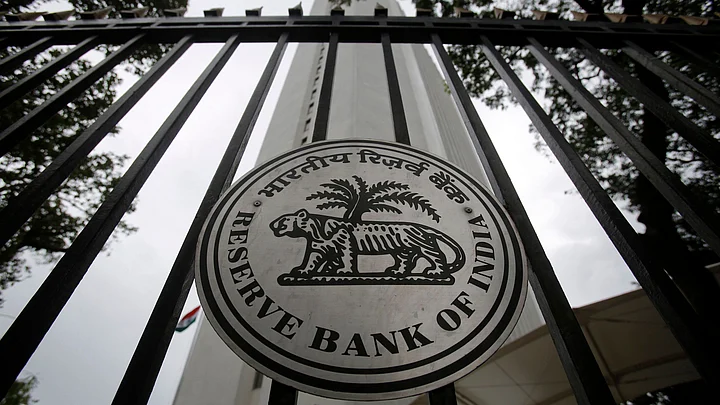In a startling development, it has now been revealed that hours before Prime Minister Narendra Modi’s address to the nation on demonetisation on 8 November 2016, the Reserve Bank of India (RBI) had rejected two of his key justifications — black money and counterfeit notes — for taking the decision.
HOW HAS THE ISSUE CROPPED UP NOW?
Exactly two years since note ban, Indian Express has accessed the minutes of the 561st meeting of the RBI, ‘convened hurriedly in New Delhi at 5.30 pm that day’.
The minutes which were signed by RBI governor Urjit Patel on 15 December debunked the government’s claim that the note ban decision would help in curbing black money and restrict circulation of counterfeit cash. Besides, the minutes recorded six objections, described as “significant observations”.
WHAT THE MINUTES SAY ABOUT BLACK MONEY AND FAKE NOTES
The Indian Express report suggests that on black money the RBI Board noted:
“ Most of the black money is held not in the form of cash but in the form of real sector assets such as gold or real-estate and… this move would not have a material impact on those assets.”
Ahead of announcing demonetisation, the government had informed the central bank that counterfeit notes of Rs 500 and Rs 1,000 denomination amounted close to Rs 400 crore. Countering the government’s perspective, RBI in its minutes noted:
“While any incidence of counterfeiting is a concern, Rs 400 crore as a percentage of the total quantum of currency in circulation in the country is not very significant”.
WHAT ELSE DO THE MINUTES SAY?
The RBI raised a few more red flags regarding the decision, despite terming it as a “commendable” one. One of the other significant observation that the RBI made was that demonetisation “will have a short-term negative effect on the GDP for the current year”. Notably, the Gross Domestic Product (GDP) growth rate hit a 3-year low of 5.7 percent in the first quarter of the 2017-18 financial year. For the full year, India’s growth rate slowed down to 6.7 percent in 2017-18, as compared to 7.1 percent, a year ago.
However, the RBI backed the decision on the front of financial inclusion and digital economy. “The proposed step also presents a big opportunity to take the process of financial inclusion and incentivising use of electronic modes of payment forward as people can see the benefits of bank accounts and electronic means of payment over use of cash…”, the minutes observed.
WAS THE RBI KEPT IN DARK THEN?
Not exactly. The minutes reveal that the central bank and the government were in discussion over the note ban for six months ahead of the decision.
In a sort of bottomline, the minutes also note, “ Board considered the memorandum and after detailed deliberations concluded that in larger public interest, the balance of advantage would lie in withdrawal of legal tender status of Rs 500 and Rs 1,000 currency notes currently in circulation…”.
(With inputs from The Indian Express)
